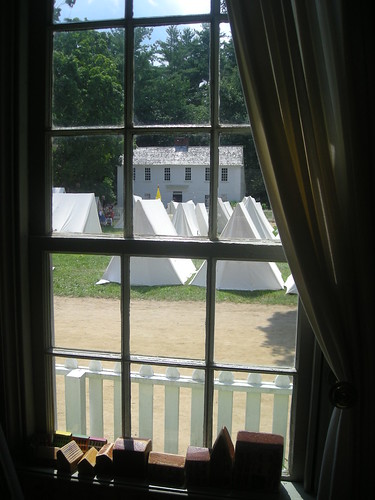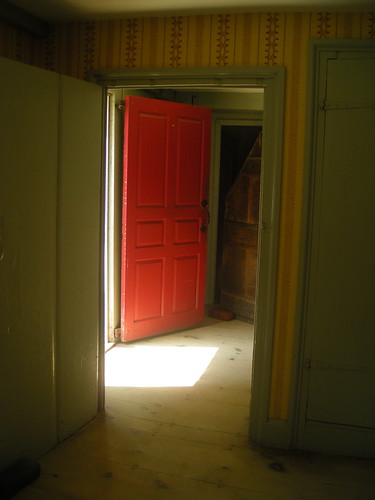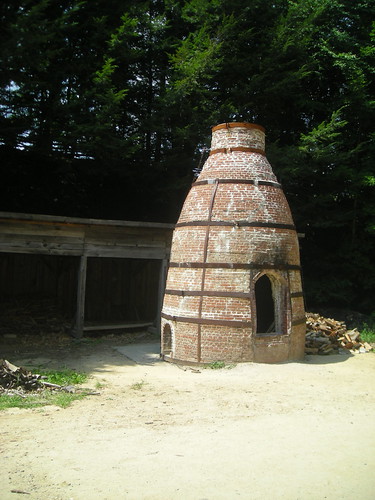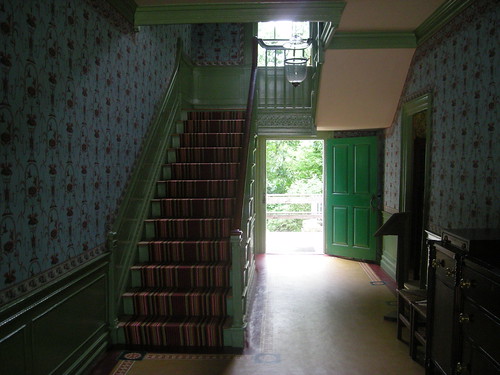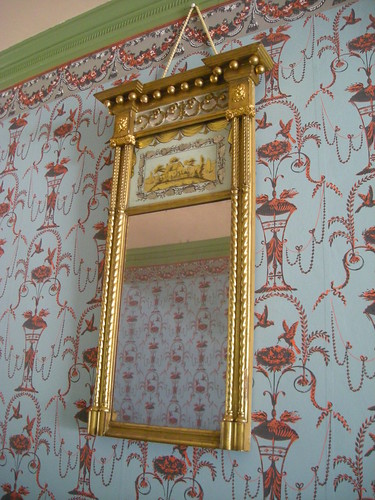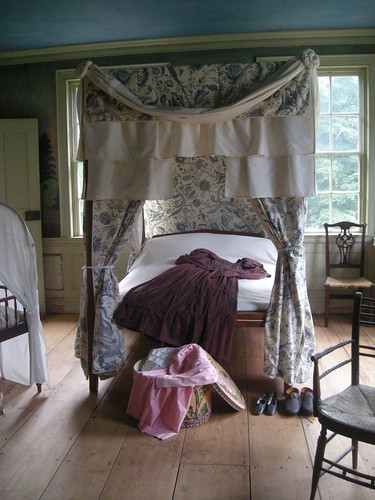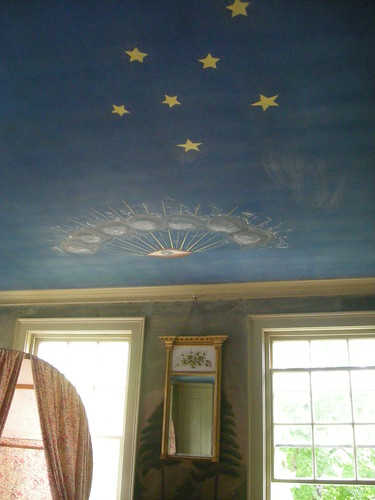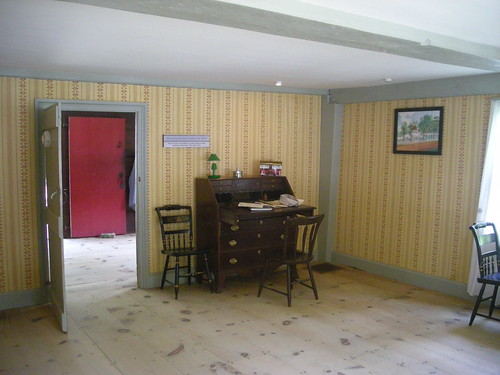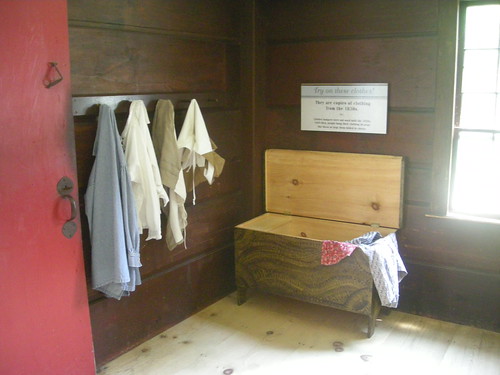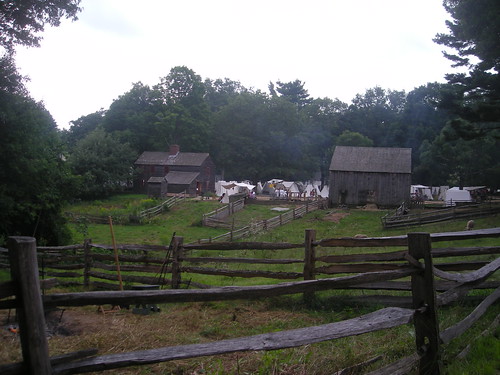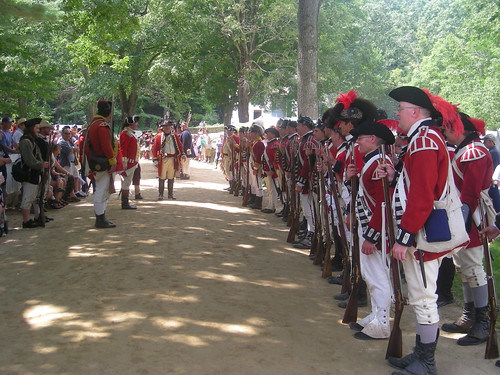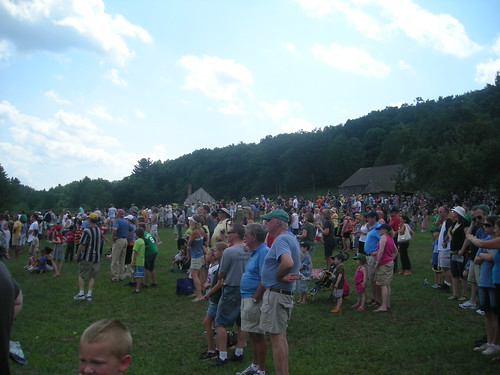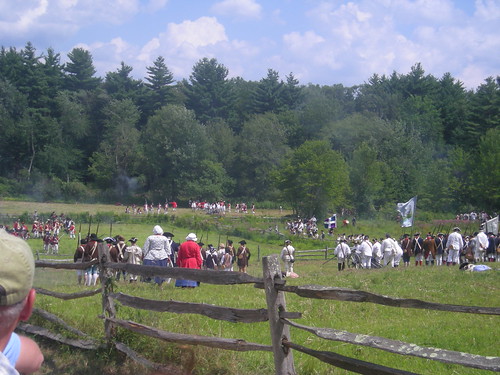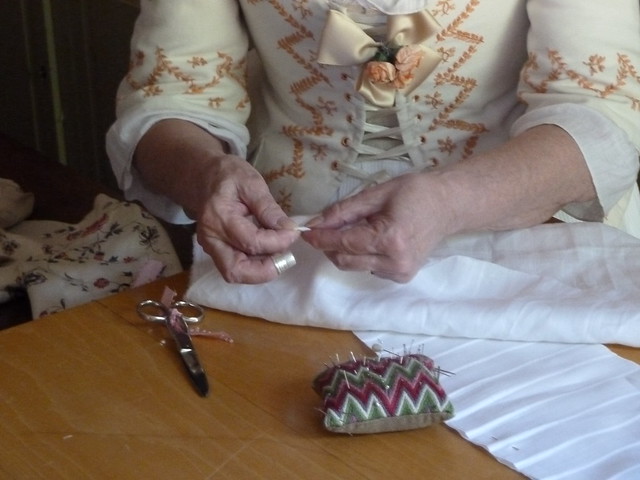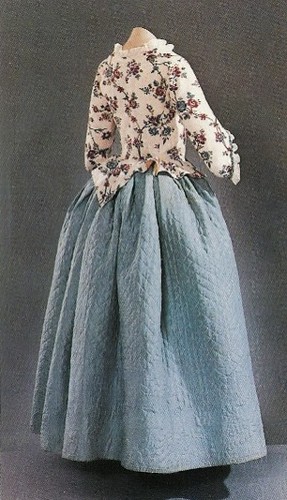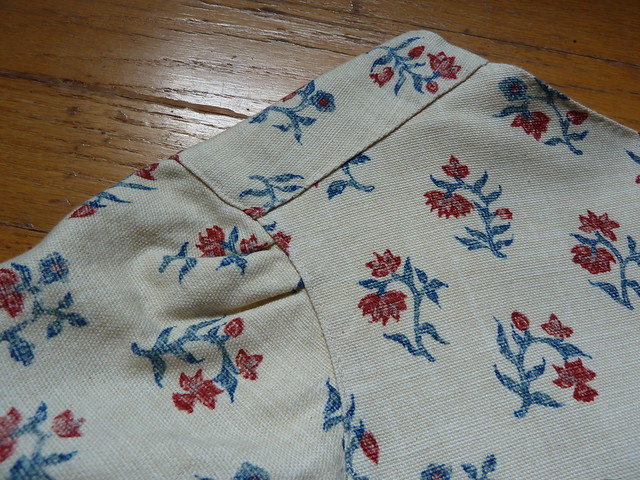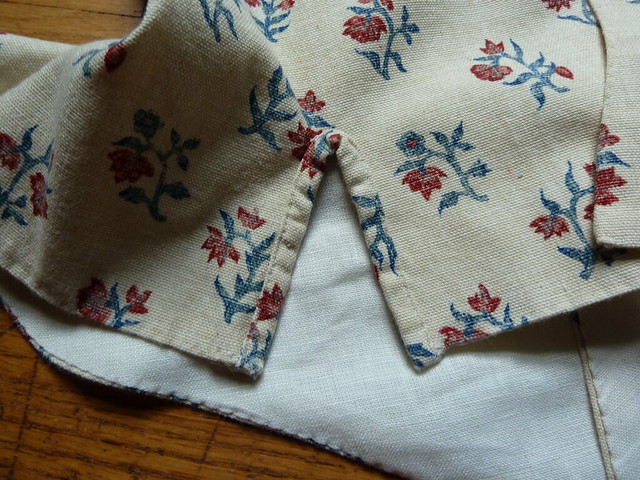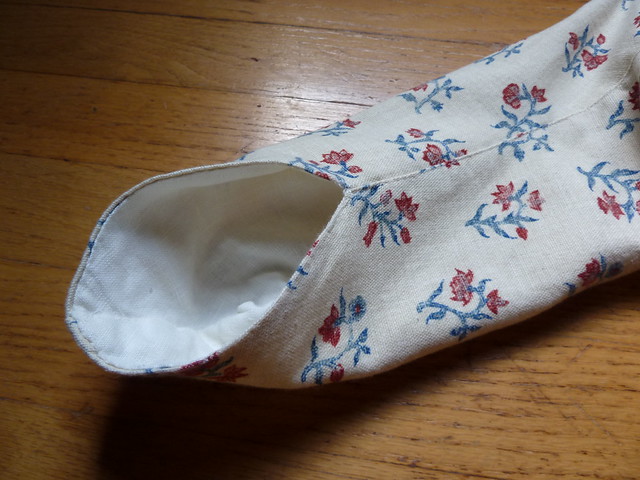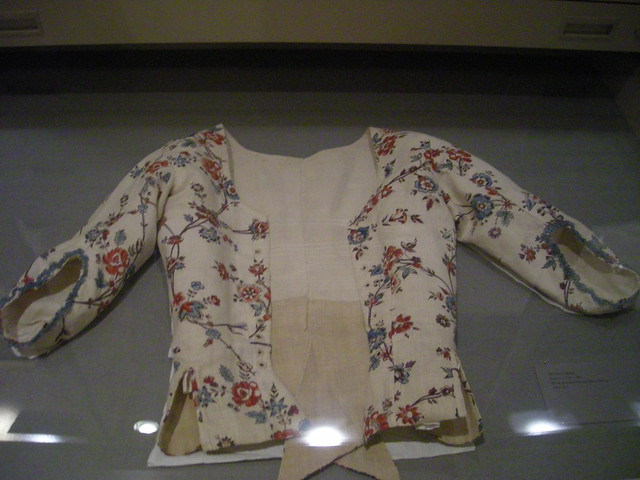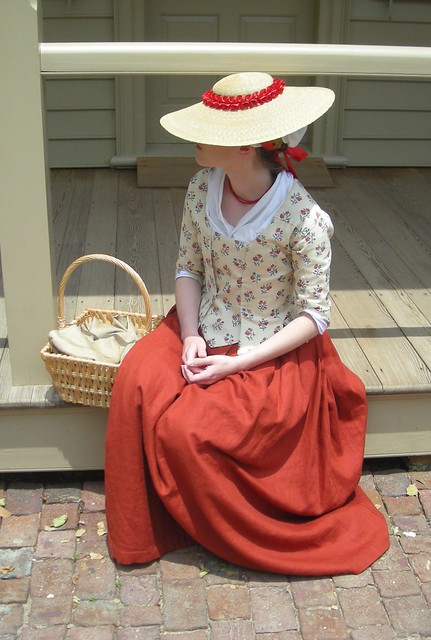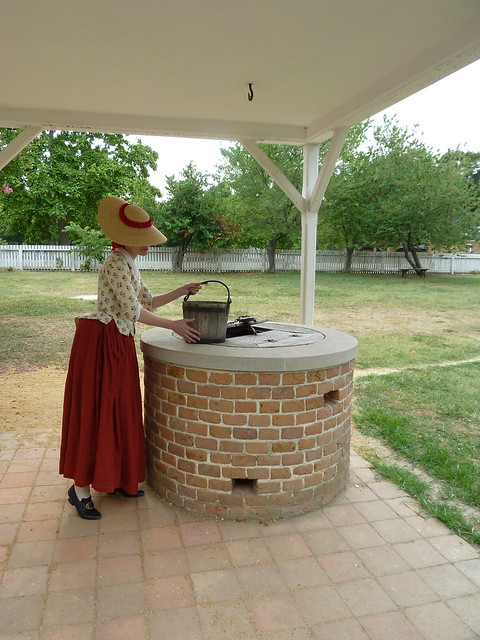By Alan Pell Crawford
The Randolph family of Virginia surely sounds familiar to anyone who has studied early American history. The first Randolphs settled in Virginia in the mid 1600s and quickly became one of the most prominent and influential families in the colonies. Among the most well-known descendants in the 18th century are Peyton Randolph (chairman of the 1st and 2nd Continental Congress, whose home is an exhibition site at Colonial Williamsburg), Edmund Randolph (our country’s first Attorney General), and of course Thomas Jefferson (his mother being Jane Randolph, sister of Peyton).
Crawford’s Unwise Passions has been on my wish list for quite some time and when I recently found a copy at a local book sale, I knew that I had to get it. The book unravels the scandalous (and true) story of Anne Cary Randolph, who was known as Nancy. Nancy’s brother was Thomas Mann Randolph, Jr. who was married to Martha (Patsy) Jefferson, TJ’s daughter. Just prior to the prologue, Crawford offers a condensed version of the Randolph family tree. While I felt that I had a decent understanding of the family, I found this page to be an invaluable help as I began reading this book. (You can view this on amazon.com as part of the "look inside" feature.)
As an unmarried young woman who finds herself at odds with her new stepmother, Nancy moves to her sister’s new home at Bizarre on the Appomattox River. Unfortunately, her presence only brings trouble. She becomes engaged to her cousin Theodorick Randolph, who is the brother of her new brother-in-law, but he dies before they are married. Rumors begin to circulate that Nancy is carrying a child, and that her brother-in-law is the father. Suspicions are raised further after a strange night of occurrences; while staying with some friends, mid-night screams and footsteps were heard, though no one would be allowed to enter the rooms where Nancy was staying with her sister and brother-in-law. The next morning, servants find a dead baby on the plantation, and Nancy is blamed for murder as well as incest. The family and their friends are forced to appear in court and publicly denounce the accusations against them. It is declared that they are innocent, but the family is forever divided by their feelings for her. When her strongest advocate dies, she is cast out of the family and their homes and is forced to find her own way. I won't tell you how it ends (because I do recommend that you read the book yourselves!); however, I will say that it is in a way satisfying to see how the different characters meet their fates.
Amidst the story of Nancy’s tribulations, Crawford recounts the political upheavals of the new nation, which involve several members of the extended Randolph family and other well-known figures of the time, including Patrick Henry, Gouverneur Morris, and St. George Tucker. I was also grateful for the extra insights Crawford provided concerning the other characters. For example, I was very intrigued to read about Nancy's nephews. One of them, St. George Randolph, was born deaf. After his father's death, his uncle took him to a school in Europe, and although he was a very bright young man, St. George never learned how to speak. He suffered additional traumas, including watching his home burn to the ground, and it is said that he later went mad. While searching for additional information about St. George Randolph, I came across this interesting excerpt from Littell's The Living Age, which is available through Google Books.


